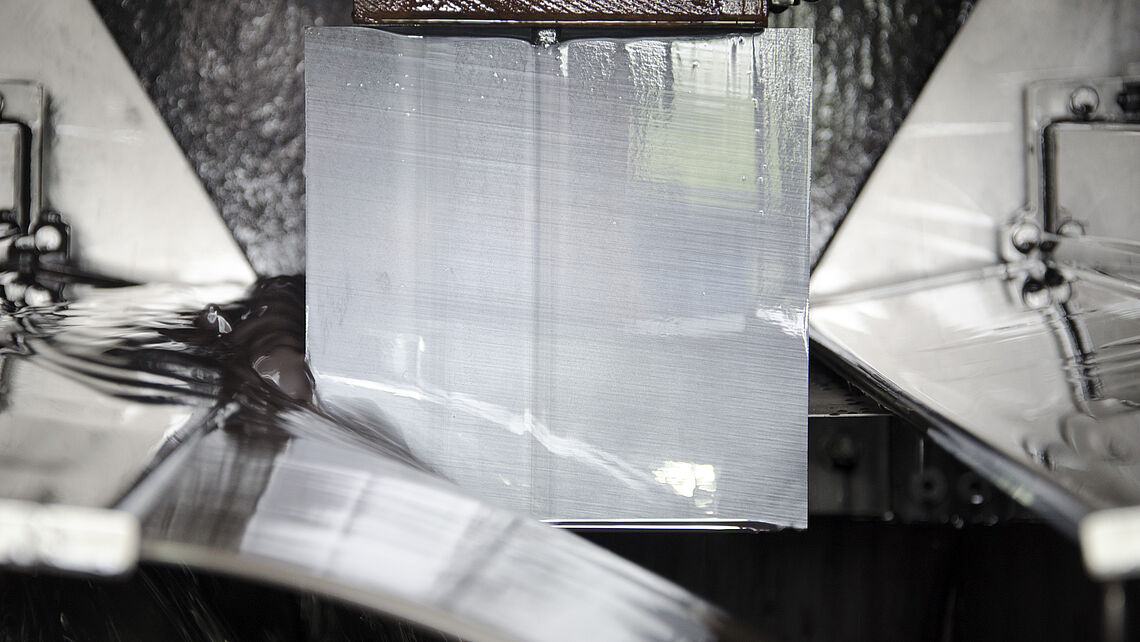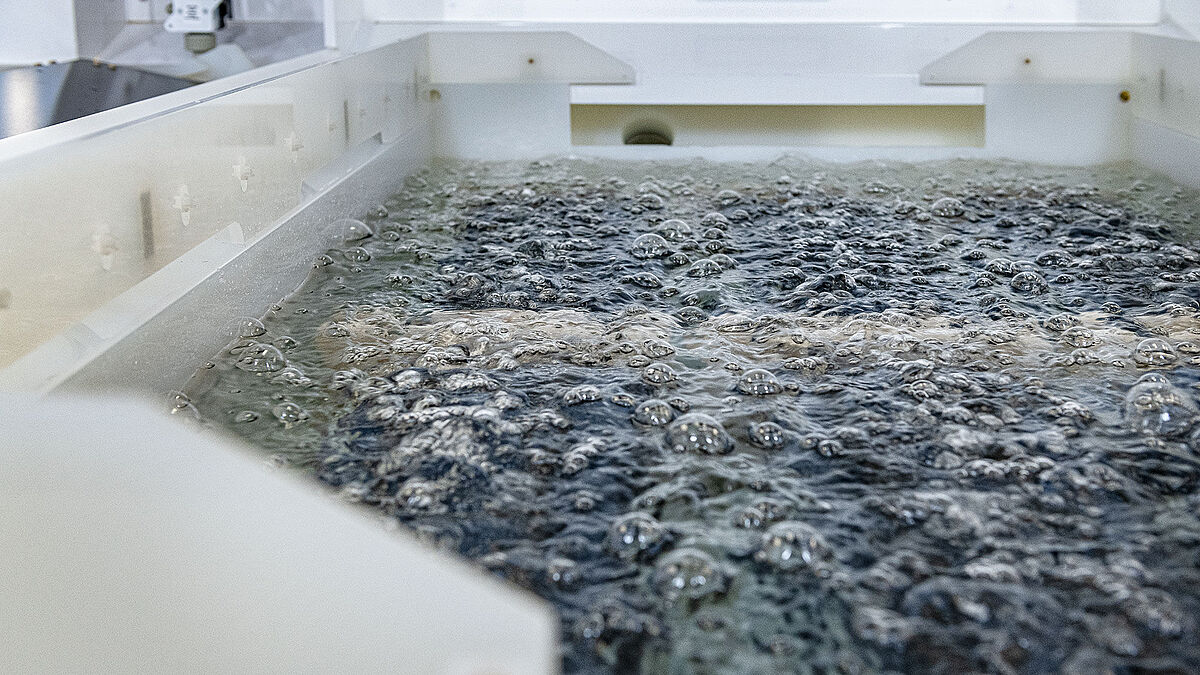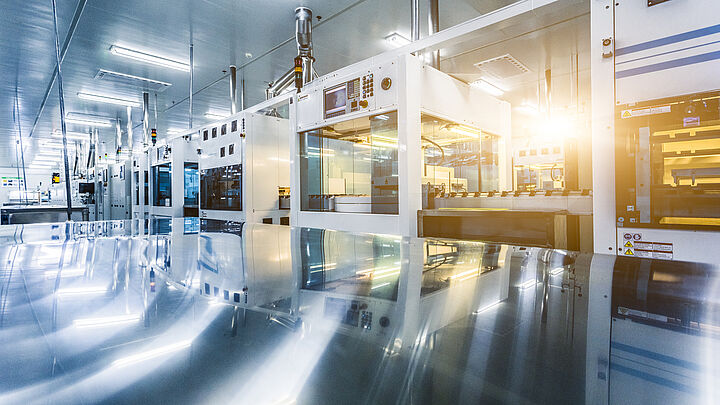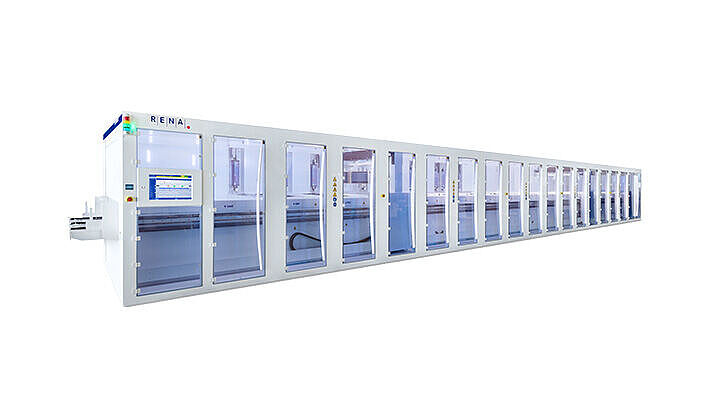Introduction
Nowadays, state of the art solar cells are based on monocrystalline silicon wafers. The manufacturing of silicon wafers for photovoltaic (PV) applications involves a series of precise and carefully controlled processing steps. This blog post delves into the critical stages of production between sawing and texturing of the substrates, while highlighting key parameters and quality characteristics of the final product.
















